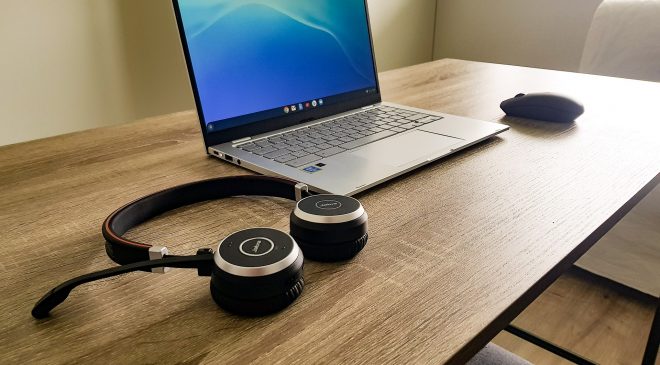
APAC businesses had not planned for the scale of disruption due to the pandemic.
Cybersecurity has emerged at the forefront of APAC IT leaders’ minds with the challenges of implementing more cloud-based services, giving data access to remote employees and with the evolving threat landscape exploiting the COVID-19 crisis.
While many organisations have a business continuity plan, global businesses had not expected the scale of disruption.
In the latest research by Ecosystm – commissioned by Poly — 38 per cent of organisations in Asia Pacific were forced to refocus their digital transformation (DX) initiatives while 25 per cent had to accelerate their DX.
Many organisations are in the process of redefining what the new norm will be for their future workplace.
HR Managers, IT and Facilities Management continue to have discussions on the blended model, the IT support needed for employees, cybersecurity measures to keep data secure, technologies that will be critical for the future workplace and if there will be a need at all for commercial office space. Organisations are experimenting with different work models and it is still unclear what the Workplace of the Future will look like. What is clear is that it will not be the same as before COVID-19.
While working from home has become the norm, and organisations will evaluate how to reduce real estate costs, a large proportion of organisations may feel the need to maintain a central space. In some instances, organisations will invest in setting up smaller satellite offices in the suburbs for a more flexible and collaborative workplace.
The balance and the mix of these facilities will differ by organisations depending on the nature of work. But it is a certainty that the Hybrid/Blended model of work is here to stay.
Not many organisations are ready to make the decision on reducing commercial space.
Only 15 per cent of business leaders in Asia Pacific state they will reduce investments in the physical office.
In comparison, a high percentage will continue to focus on collaborative applications and cater for virtual meetings even after the crisis is over. Organisations clearly want to be better prepared for future crises and ensure minimal disruption in delivery.
These investments are part of the organisation’s Business Continuity Planning (BCP). Business and IT leaders want to be ‘’ready and fully prepared’’ for future eventualities – business must go on as usual.
Breakdown of important statistics via country:
- Countries that will increase use of technology for better Employee Experience
- Australia – 61 per cent
- India – 60 per cent
- Singapore – 60 per cent
- Country that will invest most on collaborative platform and tools
- New Zealand — 56 per cent
- Countries that focused more on evaluating their Data and Compliance practices
- India – 52 per cent
- Singapore – 45 per cent
- Countries that monitored employee emotional health better
- Indonesia – 49 per cent
- India – 36 per cent
- Singapore – 36 per cent
- Countries that will continue to invest heavily in conferencing devices and headsets until 2021
- New Zealand – 69 per cent
- Singapore – 66 per cent
- Countries where cloud collaboration and videoconferencing software will see increased investments
- India – 63 per cent
- New Zealand – 63 per cent
- Singapore – 56 per cent




